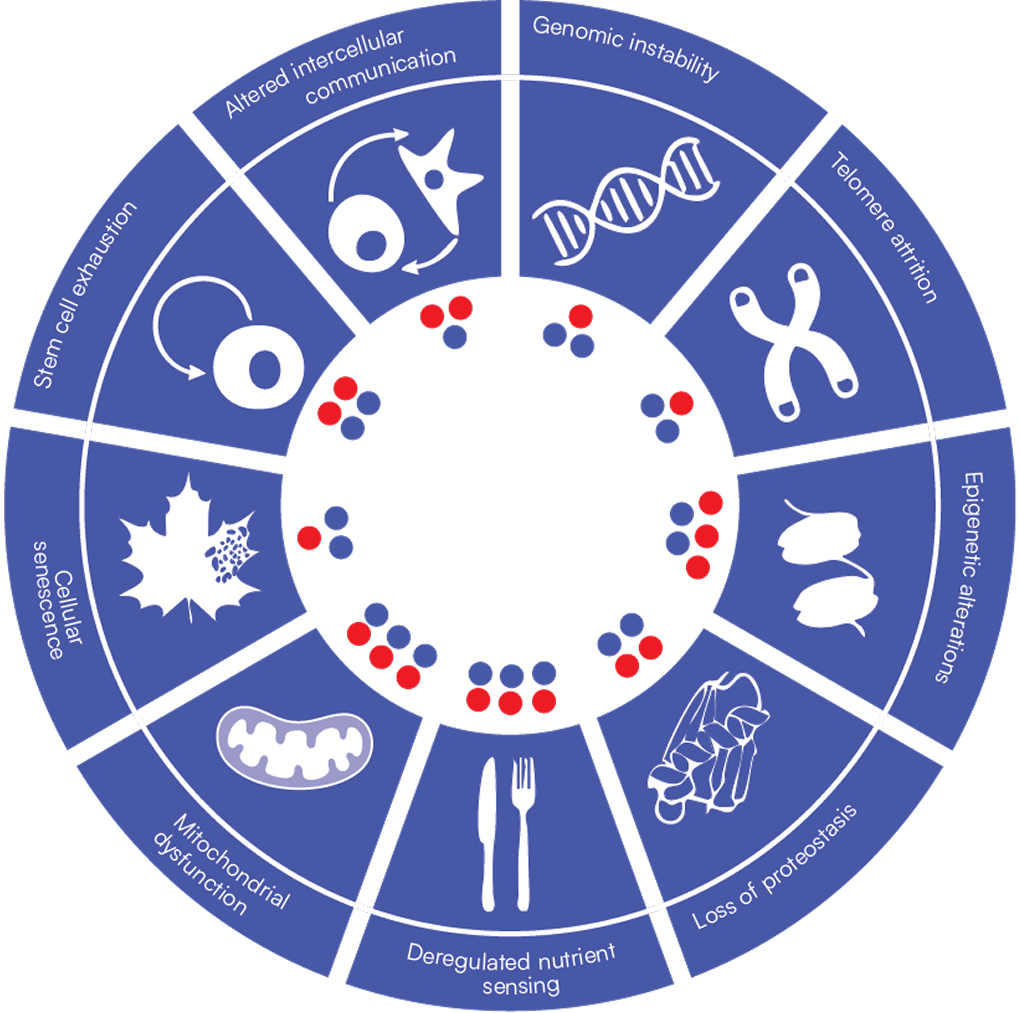
Introducing MOAT: the BIOIO platform
MOAT (mechanism of action technologies) is a MoA-driven clinical indication prediction engine. MOAT combines both experimental and computational approaches.

BIOIO-1001 is a first-in-class insulin sensitizer discovered using BIOIO's proprietary Mechanism of Action Technology (MOAT) platform.
BIOIO-1001 targets a unique NAD+-dependent pathway, modulating Sirtuin 3 (Sirt3). This mechanism induces fatty acid oxidation (FAO) without relying on PPARs, distinguishing BIOIO-1001 from existing metabolic drugs such as fibrates, glitazars, and thiazolidinediones.The compound's mode of action restores cellular energy balance and enhances metabolic flexibility, resulting in significant insulin sensitization.
This makes BIOIO-1001 a promising candidate for treating type 2 diabetes mellitus (T2DM), addressing insulin resistance at its root. Its mechanism bypasses the limitations and side effects associated with PPAR-targeting therapies, offering a potentially safer and more effective approach to improving metabolic health.






